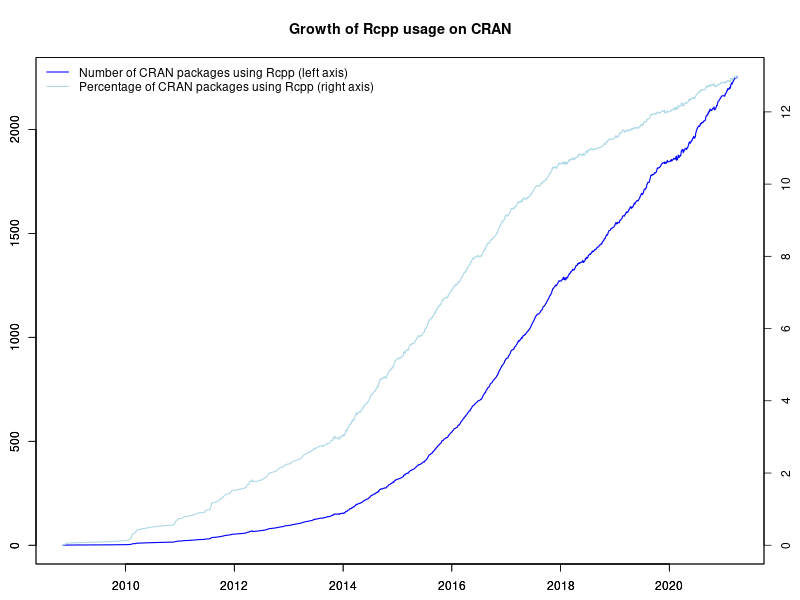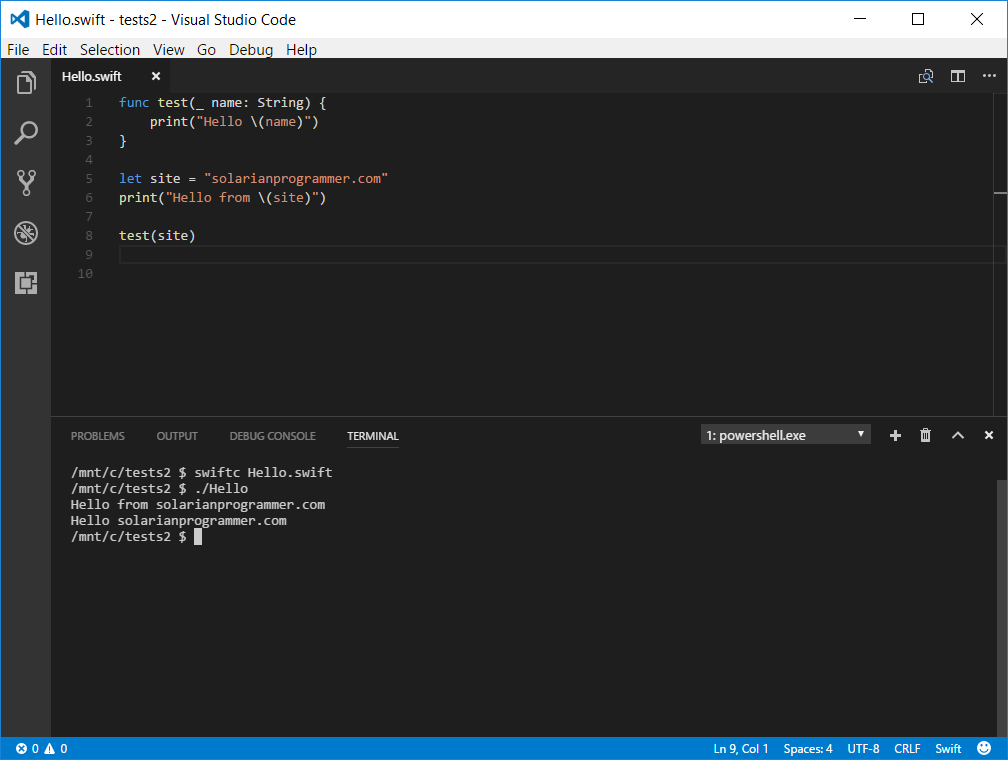Learn what to do if you have issues using iCloud Bookmarks or Reading List. For example, if you need to access a bookmark that you accidentally deleted or make changes in your web browser that don't update on your other devices, we can help. 3 Full PDFs related to this paper. Adobe software for windows 7. Adobe photoshop cc 2019 v20 0 7. Macmillan English Grammar in Context Interme.
For example, to view all of the ssh shares on Bonjour-enabled computers, try this in the Terminal (replace dns-sd with mDNS if you're on 10.3): You should receive a list of workstations that are broadcasting ssh services via Bonjour. Don't forget that you need to replace the spaces with hyphens and add a .local prefix when trying to connect. For example, to ssh to Macintosh HD found this way, you need to use ssh Macintosh-HD.local. To view AFP shares (maybe AppleTalk isn't turned on?), try this one: This page lists more of the potential services you might be able to find. And, as always, you can read the man pages for more help (in 10.4, at least) -- man dns-sd has a few pages of content.
| Click here to return to the 'Access AVCHD .mts files' hint |
This worked perfectly for me! Thanks!
Yes indeed: it works: first file 'PRIVATE', second 'AVCHD', third 'BMDV', then you have the open folder structure: 'STREAM' contains the MPEG stream files (*.MTS)
H.
When I opened up the STREAM file there was nothing listed. How do I get the .mts files to show? Any help will be greatly appreciated!
weavermis
Bottom line: use QuickTime to quickly view these files, leave them alone if you will be importing them into iMovie/ FCP.
More detail: If you use Finder's 'Show Contents' of the 'Private' file (which is acting as a folder, apparently a folder with attributes ::grin::), it gets you to another file (which is also a folder) that is called 'AVCHD'. That is the same folder that looks like a file that you will get from the internal flash drive of the video camera (or at least the Canons I use- internal flash drive delivers an AVCHD, SD card has that AVCHD file in the Private file). If you double-click on either 'Private' or 'AVCHD' in Mountain Lion, you will get an 'open' dialog in QuickTime Player (10.2) which allows you to select any clip from push-to-record to push-to-stop. If there is only one continous clip in the AVCHD folder, it will open that one video in the player.
One thing you can now do with QuickTime is to export the videos directly, and you can choose several different options for your new movie files. I suggest only doing this if the plan is quickly convert to share a video. If you want to import into FCP or iMovie, you'll want to leave the AVCHD 'file' intact- to import these into FCP X, it is best to have each AVCHD in its own folder (I name it for the event and or the time of the event) and you select that folder, not the AVCHD file in it to import it.
If you've read any FCP or iMovie forums, you'll know you do not want to remove these .mts files from their nests in these folders. The forums are full of people begging to find a way to get them back into the structure of the AVCHD folders so that they can import them into their projects easily and coherently. There are workarounds, but Apple's software does not expect you to have removed the .mts files, it expects to find the structure as the camera contains it after the shoot is completed.
Thanks for pointing out this new function, but it takes the reader in the wrong direction based on my experience. Just because you can drag the .mts files out does not mean you want to or should.
Please explain what 'locked into Quicktime' means. Is it no longer possible to set video files to always open with e.g. VLC or MPlayerX?

iMac 2.93 GHz Core 2 Duo, 8GB, 1TB, Mac OS X 10.8
www.david-schwab.com
www.myspace/davidschwab
www.sgd-lutherie.com

iMac 2.93 GHz Core 2 Duo, 8GB, 1TB, Mac OS X 10.8
www.david-schwab.com
www.myspace/davidschwab
www.sgd-lutherie.com
The script includes its own list of apps to be selected, it doesn't just look for what's on your system. That's partly because there's no reason to associate the file with an app unless you already know it understands the file object type that you're telling it to open. I think the reason for the phrase 'locked into QuickTime' is that not all video software at your disposal to access the video content may recognize the package type, even though it might be able to interpret the object that the package contains.
Don't Push Me Armadillo Mac Os Download
I'll take a moment and agree with jolipoli. There are many professional recording formats that use multiple files in a 'package'. I've run across several computer-savy people that have brought me pieces of these packages complaining that they don't play correctly or they can't edit them properly. MacOS is being helpful by showing these packages as a single file when really they are a folder full of pieces.
This is a great hint to point out that you can easily get in to these packages to get to the actual video and/or audio files. But leave them in their structure if you ever want to import the package in to video editing software.
I have a similar situation. I deleted a few AVCHD(hmc150) files from an SD card (I was in a hurry and couldn't sort through them all), and now FCP 7 won't recognize the card in 'Log and Transfer'!!! I can still view all but 10 clips when the card's in my camera, and the card shows all the files in a finder window. When I try to create a custom path to these files, I get a message that says, 'MTS files' contains unsupported media or has an invalid directory structure. Please choose a folder whose directory structure matches supported media.' .. Do i need to recover these files via recovery software?? Elimisoft duplicate finder 1 2. (if so, which one? I have Mac OS X 10.7) or can I unzip, convert, repair, these clips otherwise? please help! thank you -Sam
You have a couple of options that I know of.
1. you can convert them to Prores with another application that can handle MTS files - I use Adobe Media Encoder.
2. If you replace the files that were deleted with other MTS files of the same name (the same MTS file copied and renamed works) then FCP should be able to process the video in Log and transfer. I just use a small video clip that I shot of a piece of paper with 'deleted file' written on it. It happens.
Don't Push Me Armadillo Mac Os Catalina
Thank you thank you thank you for solving my 'where have my movies gone' headache!!! Minecraft 123 unblocked.
